60-day returns • free shipping on USA orders $129+
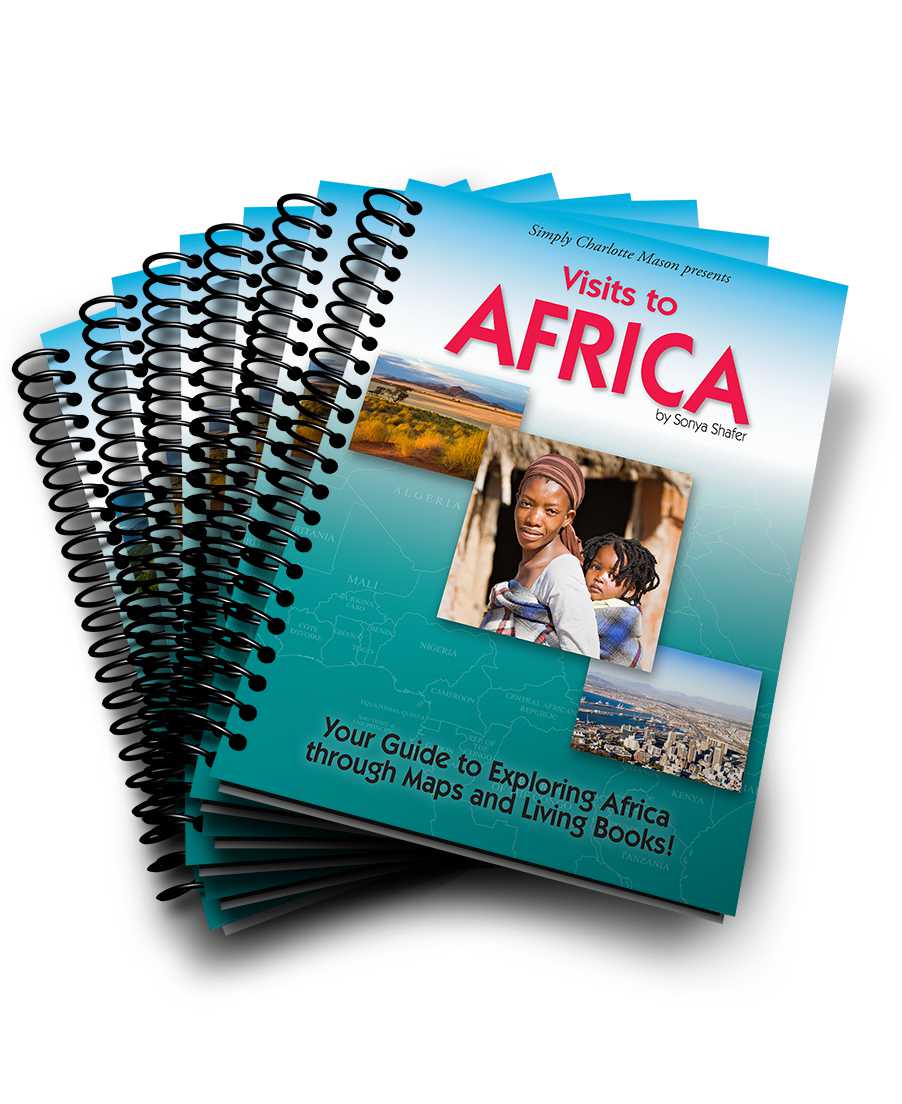

Visits to… Geography Curriculum
Explore each region of the world through captivating photography, a traveler’s firsthand accounts, and step-by-step work with maps, plus lots of ideas for additional living books and activities. You are sure to enjoy these visits to each part of your world! (Grades 1–12) See full description
Product Description
Make geography come alive through the delightful combination of maps and living books!
With the Visits to… geography series, you will explore each region of the world through captivating photography, a traveler’s firsthand accounts, and step-by-step work with maps.

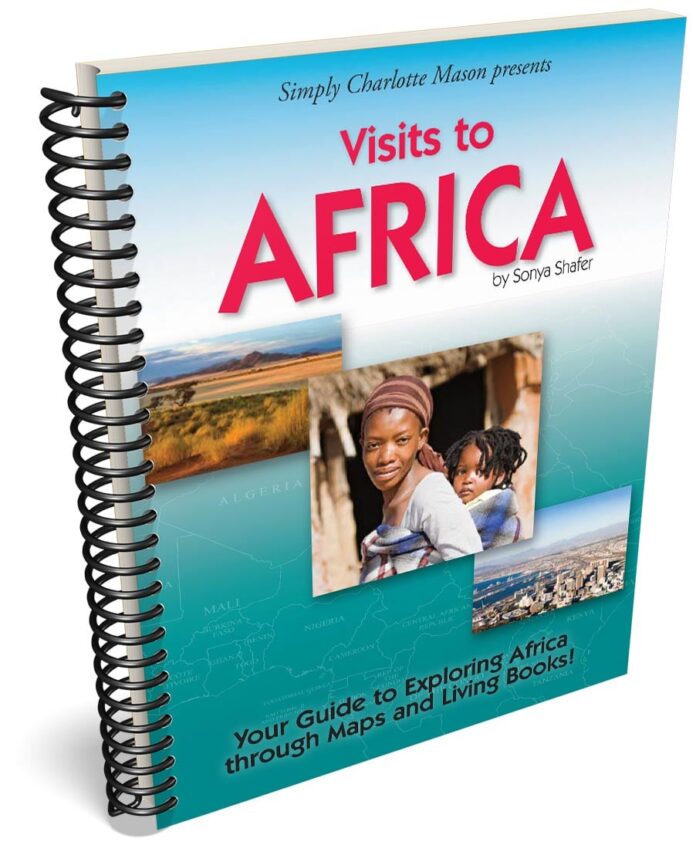
Visits to Africa
$13.95 – $19.95
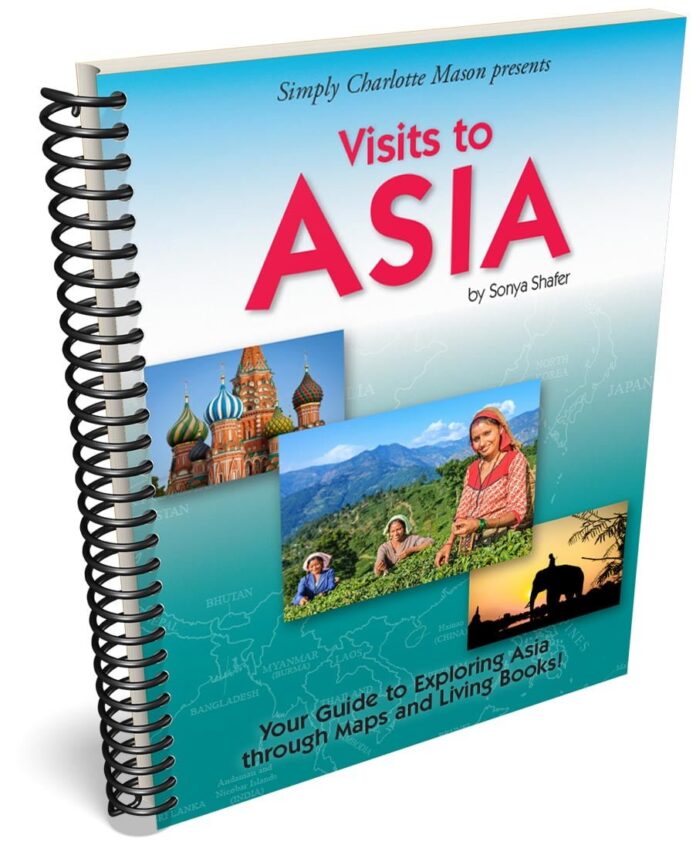
Visits to Asia
$13.95 – $19.95
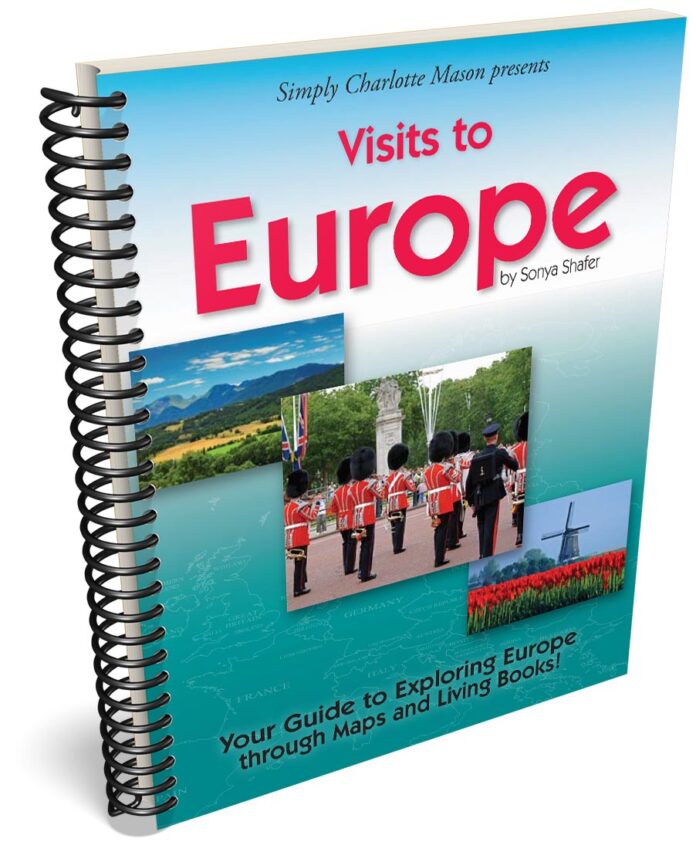
Visits to Europe
$13.95 – $19.95
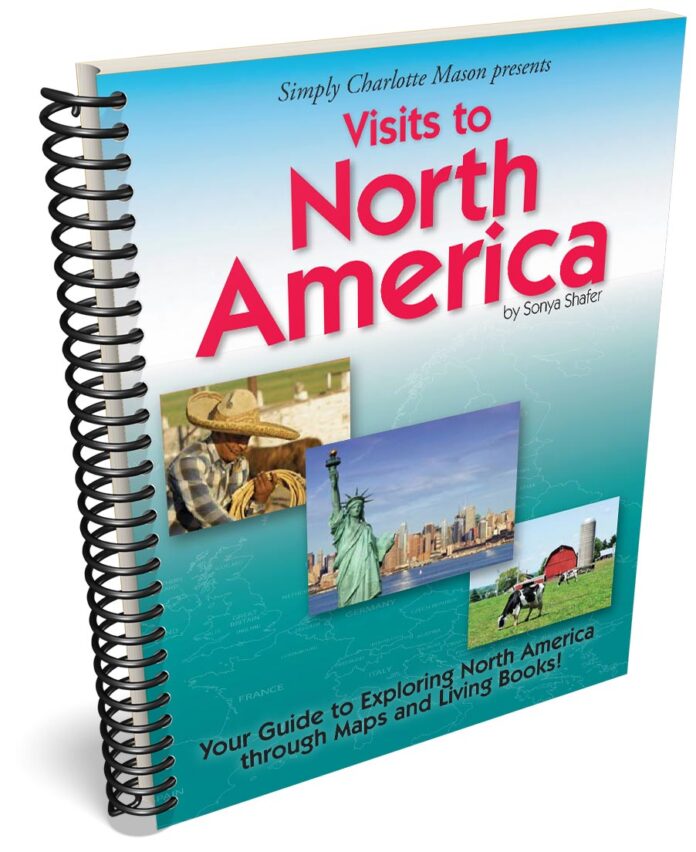
Visits to North America
$13.95 – $19.95
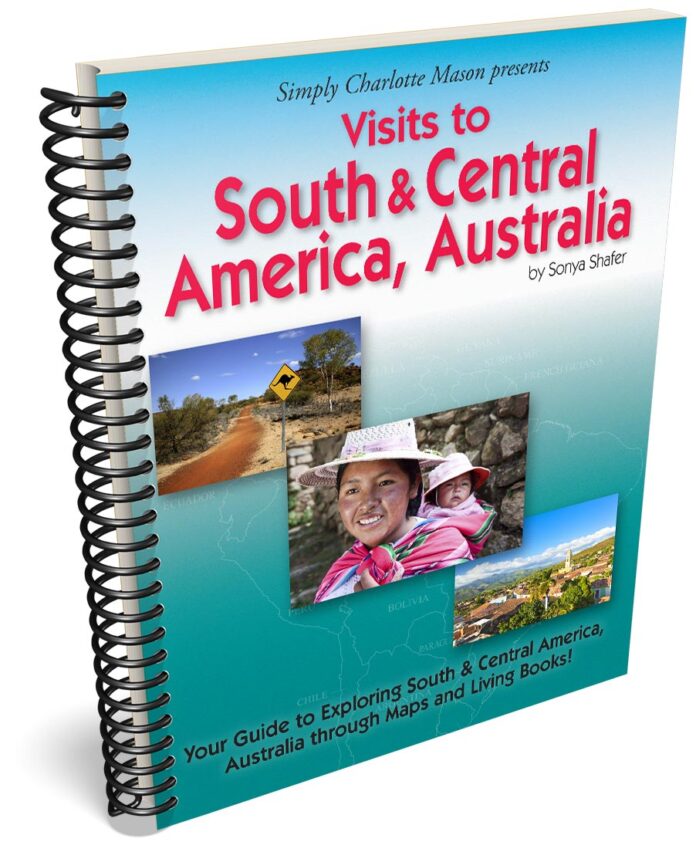
Visits to South and Central America, Australia
$13.95 – $19.95
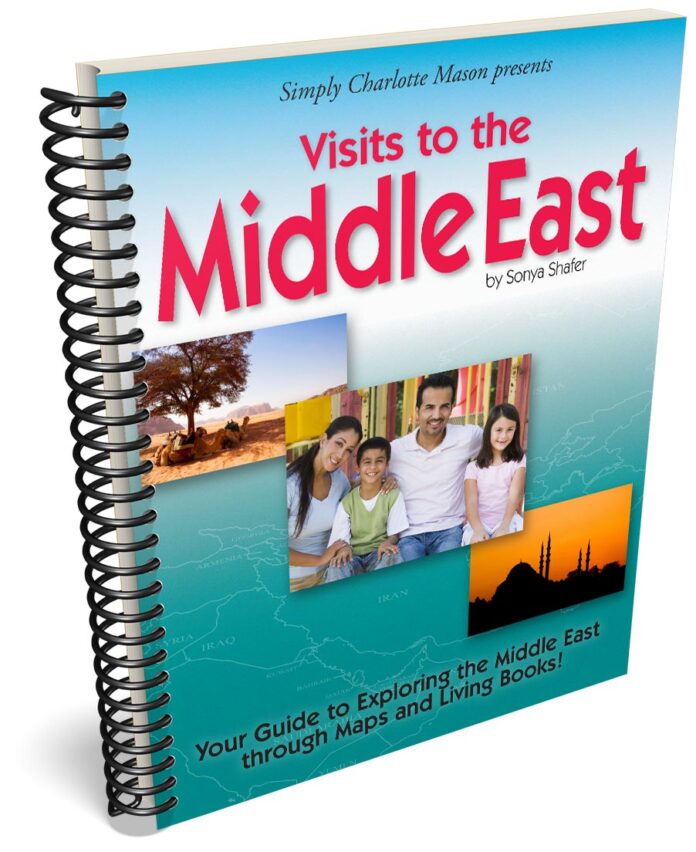
Visits to the Middle East
$13.95 – $19.95
Each Visits to… notebook serves as your guide to
- see the big picture as you explore continent by continent.
- become familiar with the countries of the world and where they are located.
- get to know real families who live in those countries and see what their lives are like.
- look closely and carefully at the details of those families’ countries.
- create a personal map book.
Note: The book Hungry Planet used in the Visits to… series is out of print as of 2024. A downloadable guide to substitute readings from alternate book What the World Eats is included with purchase of any Visits to… book. The substitution guides are also available to download on the Visits to… Links and Tips page.
With short map drills, guided readings from two fascinating living geography books—Material World and Hungry Planet: What the World Eats,—leading narration and discussion questions, meaningful map studies, plus lots of ideas for additional living books and activities, you are sure to enjoy these visits to each part of your world!
Check out these ideas that correspond to Visits to… geography series. Use them to supplement your geography study.
25 reviews for Visits to… Geography Curriculum
If you have a question, contact us and we will be happy to help.


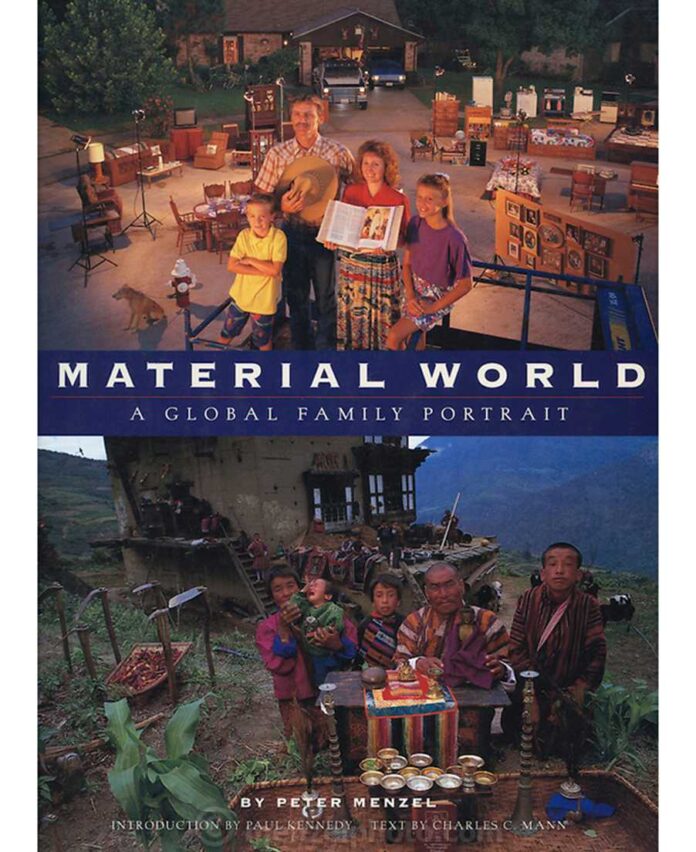
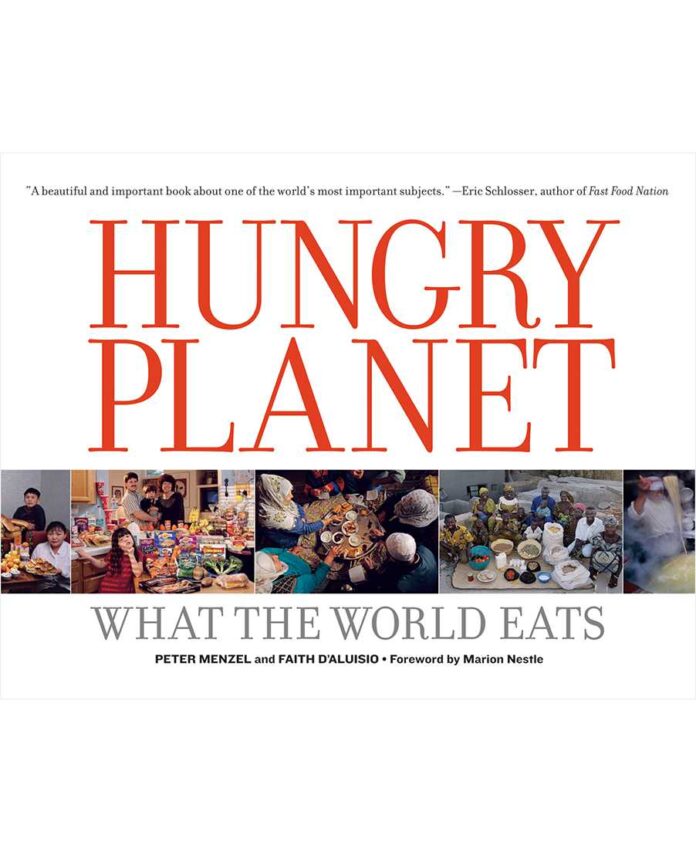
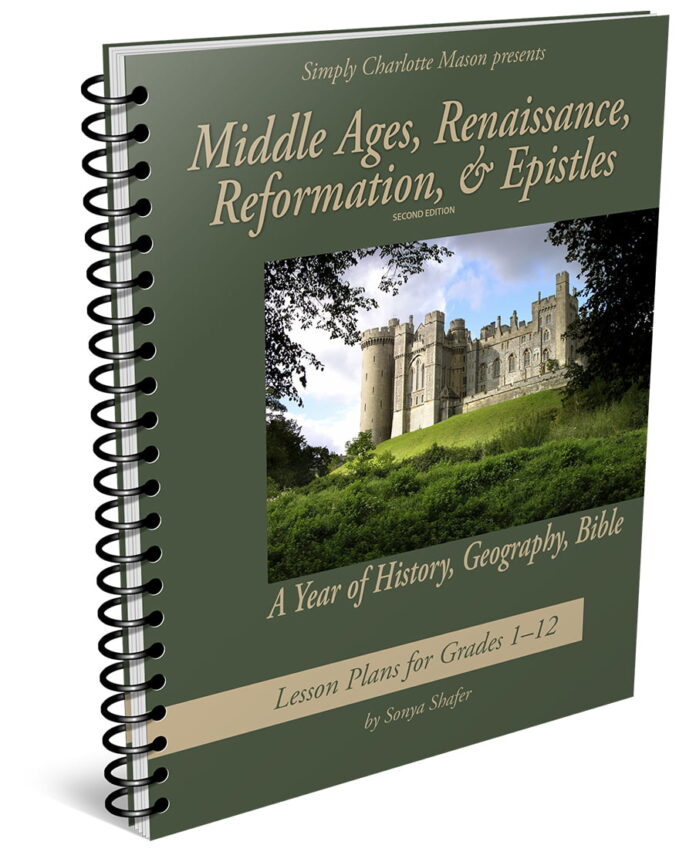
Lorna –
This looks like a completely wonderful resource!! I just need to know if I will need one notebook per child or if I would just buy one and make copies for all my kids (grades 2,3,5,6,7 in the fall). Thanks!
Jordan Smith –
Each child will need his or her own notebook, but we allow you to make copies for your immediate family.
shawn –
I usually buy the printed version of any homeschool material to resell after we are done. I am now printing the ebook of Visits to Africa. I knew it would save me tons of time to purchase the ebook and be able to print the copies I need for our family (rather than page by page with a printed book). Thanks so much for making this convenience an option! I am looking forward to using it.
swelb21 –
So great! what a lovely resource–am excited to see the other ones as well. When will they be coming out?–I am planning on ordering the resources for Module 5 but will wait to save on shipping if the N. America one will be coming soon. Thanks!
Sonya Shafer –
We’re planning to have the other three Visits to geography notebooks available next year.
Evalyn –
I’m just wondering how you see these fitting in with the History & Geography Family Study Handbook series. Do you suggest that we use both together?
Jordan Smith –
Yes, the revised editions of the first three books of lesson plans (Genesis through Deuteronomy & Ancient Egypt, Joshua through Malachi & Ancient Greece, and Matthew through Acts & Ancient Rome) each use one of the Visits to… geography notebooks for the geography study. If you have the previous editions, you can swap out the geography study for a Visits to… notebook if you like.
Kim Bo –
Just got a copy of “Visits to Europe” today. Well worth the wait! Just browsing the pages I realize you have once again made things so simple! Thank you for a job well done.
hearts4homeschooling –
I am trying to figure out if I should print the Visits to Geography double-sided or single-sided? I read about “fold back the book” and “open the book back up” and “flip the page”, and I am not sure if this is referring to single-sided or double-sided papers. Thank you for the help!
Jordan Smith –
The directions are referring to double-sided pages, and the e-book is laid out so that if you print double-sided, everything will come out like the printed book. However, the idea behind the directions to fold back the book is to make sure the student is labeling the blank map without looking at the pre-labeled one. So you can also print single-sided if you remember to put the labeled page out of sight while the student is filling in the blank map.
Dawn –
I love these books for geography!!! The way you add a country or two each day really works for memorizing the countries and locations. We have always liked the Material World and Hungry Planet books and having a way to use them for geography curriculum was great.
The only thing I haven’t liked is the Visits to Europe has all the oceans on every page solid black. Really sucks up the ink and makes it so the child has to print really tiny for the UK and several other countries because you can’t see their writing in the ocean areas. The North America and Middle East ones weren’t like this.
Jordan Smith –
Thanks for the great review, Dawn. I’ll get in touch with you privately to figure out what’s going on with the black oceans. Those should be printed in white like in the other volumes.
bbsoulful2 –
Another option that might be helpful would be to be able to purchase the printed pages with the covers, but not bound (have them shrink-wrapped and 3 hole punched). I like the convenience of the printed pages (much better quality than on my printer), but also like the flexibility of creating a binder with all the pages we do in one place — like we created for “History Odyssey.” Maybe that makes it too complicated… ?
Jordan Smith –
We don’t have plans to offer the Visits to… series in another format, but we do give permission to take the e-book copy to an office supply store and have it printed there. A place like that might be able give you better quality printing/paper that you can three-hole punch if you prefer the book that way.
Samara –
I would like to use this with my 1st grader and my 4/5 year old kids in the fall. However, what do you recommend for the 4/5 year old? Should he still do the maps? He can’t write yet, so he can’t name the map, and we will run out of colors for him to do each African country a different color! Or is there another easier activity that he could do that is related while the older one does the mapwork?
Thanks!
Sonya Shafer –
One thing you could do with your first grader, if you want to, is to make a copy of the country list in the back of the book and cut it apart. Use those slips of paper for your young one to slide into place on the map to label the countries without having to write. (Some of those spaces for writing are pretty small for beginning writers.)
Your 4-year-old could just informally point out any countries he recalls, if he wants to, and enjoy the picture books that are listed for optional recommended reading.
Crystal –
Which of the history family studies would the Visits to North America go with? I am wondering if it goes with Early Modern or Modern times?
Jordan Smith –
The Early Modern lesson plans book hasn’t been updated to use Visits to North America yet, but that’s the study we’re planning to use it with. Sonya gave more details on that on the forum.
Caralyn –
How long would each book take to do with upper elementary children?
Jordan Smith –
Each Visits to… book is designed to take a full 36-week school year at a pace of one lesson per week.
Wilma –
To be able to use the book visits to North America, do I need to purchase the books on the recommended reading part at the bottom of the page?
Sonya Shafer –
The only books necessary to complete Visits to North America are the ones listed at the top of that page: Material World and Hungry Planet. The recommended reading books at the bottom of the page are optional but would add a lot to your study. Hopefully you can find some or all of them at your local library.
Jennifer –
Do the visit books count as high school credit, or do they need to be used in conjunction with other texts?
Sonya Shafer –
Hi, Jennifer –
You would need to combine the Visits To . . . books for high school credit. I would suggest that completing four of them would be worth one-half credit total, if the student includes the reading assignments for the older grades. For a full credit, you would need to combine them with the history studies and the geography included in those lessons.
LeAnn Taylor –
I am using the Visits to Africa right now with my 5-year-old and loving it! He writes well, but his writing is still a bit too big for the maps. So, as suggested, we copy the page in the back with all the countries. He enjoys finding the countries needed (good practice in searching alphabetically) cutting them out, and taping them in the book. We also decided to draw our own maps rather than tracing them. This practice is suggested and well described in the Well-Educated Mind. I am truly amazed at how much geography we are learning. I began with a very limited knowledge of African countries but now can map all of Northern Africa! Thanks for a great product. We will be purchasing many more books in the series. I’m so thrilled with the new South American one!
Lorna –
I. Just bought 3 of this series. I’m sure we are going to love it along with our history studies. Thank you for recommending The Material World & The Hungry Planet these also look like great books. I just scanned them. I’m really excited to begin. This is the best curriculum I have seen.
Amanda –
Does this come with the two main books needed to complete the study or are those sold separate on your site?
Jordan Smith –
The Visits to… books don’t include Material World and Hungry Planet. Right now, those two books aren’t available in our store, but you can find them on Amazon or your favorite book store.
Nicole R –
How long does it take per week to go through the one lesson?
Sonya Shafer –
Some of that depends on whether you are reading all of the recommended books in addition to doing the map work, Nicole. But I would estimate an average of about 15 minutes or so.
The map drill takes only 5 or 10 minutes, plus any optional book readings. If the lesson is reading and discussing Material World or Hungry Planet, that could take about 15 or 20 minutes.
chalbond –
Are there any elements of basic geography learning in these books, similar to what Charlotte used in her Elementary Geography?
Sonya Shafer –
Some terms are covered in context, such as continent, ocean, equator, island, etc., but there is not an emphasis on geographic terms. Many of the other aspects covered in her Elementary Geographical Readers, Book 1, are covered in science lessons elsewhere, such as the solar system, rotation and revolution of the Earth, seasons, sunrise and sunset, etc. We recommend a large portion of Book 2, The British Empire and the Great Divisions of the Globe, for older students’ reading as part of Visits to Europe.
Melanie –
When should Visits to Asia be available?
Doug Smith –
We have not yet set a release date for that.
Sarah –
I have a question rather than a review! In the samples I see some books are recommended in the “what you’ll need” section for each age group. Are there more recommended throughout the book or are these the only ones that are used? Thanks!
Jordan Smith –
Every book needed for the entire study is listed in the front of each Visits to… book. Plus, there are reminders ahead of time to get the books needed in case you’re planning to borrow them from your library.
happykratzers –
I am so impressed with the Visits to Africa book! When I learned geography in school, it was nothing more than memorize a few countries on a map and their capitol cities. We learned nothing of the culture, food, religion, or everyday life of these countries. My son, age 6, knows more about the people of Ethiopia and Mali than I knew when I was in college! Heck, I hadn’t even HEARD of those countries until I was in college (what does that say about our public school system?). The additional books we read are his favorites, and he loves learning what all the countries are called, so every day we do map review. Thanks, SCM!
Jess –
I know you haven’t set a release date for Visits to Asia, but would it be available by this time next year? I am using your Visits to… series for geography with my third grader next year and would love to have the Asia book by then :). Thanks!
Sonya Shafer –
My preference would be to have it ready by then, Jess; but I can’t guarantee it at this point.
Christine –
I wanted to share a resource that I am looking forward to using with our SCM Africa study this year. It’s called “Pin It Maps” and can be found at http://www.pinitmaps.com Not only do they have beautiful maps but also great free map activities to use with them. I think any of them would work perfectly with these “Visits to…” studies!
Rebekah –
Do you know how soon the Revisions of the history/bible series with the Visits to.. for Geography will be coming out. I am interested in using them together but wondered if it would be updated in the near future or not.
Sonya Shafer –
The revisions are at the top of the project list, and we are working on them right now. If all goes as planned, we hope to have them out next year.
Kimberly –
We have been using the “Visits” curriculum for years now and the consistency of doing map work each week has really given my children a familiarity with the different areas of the world. The simplicity of the layout has also made it very usable for the range of ages we have in our household. A simple – yet comprehensive – and effective resource!